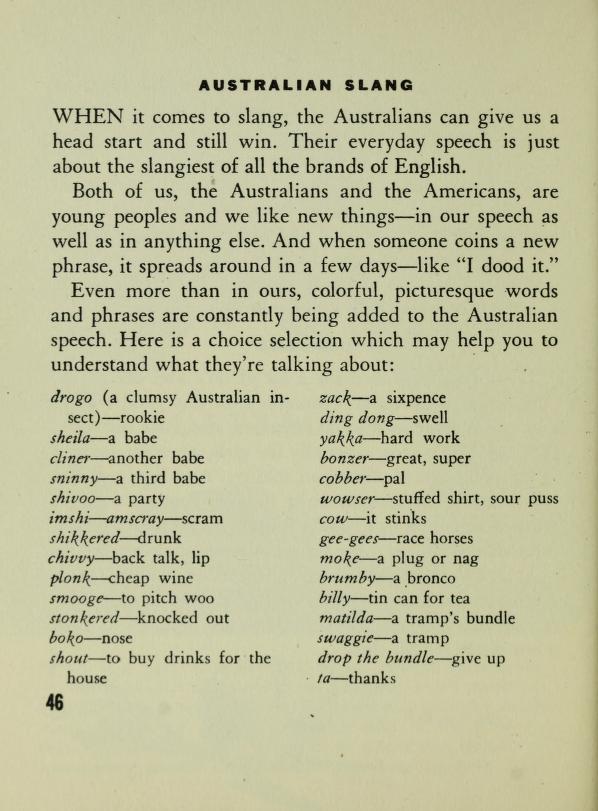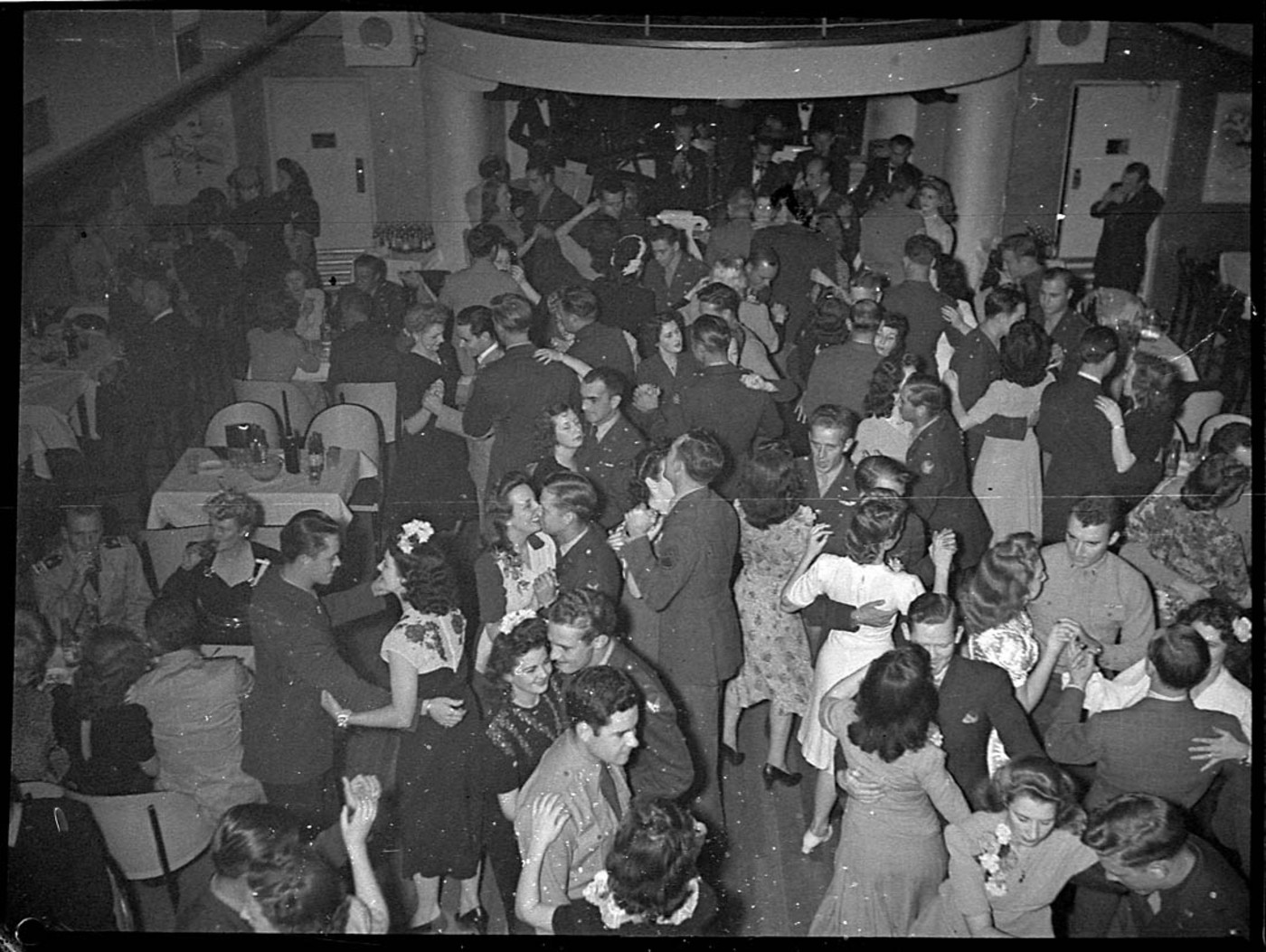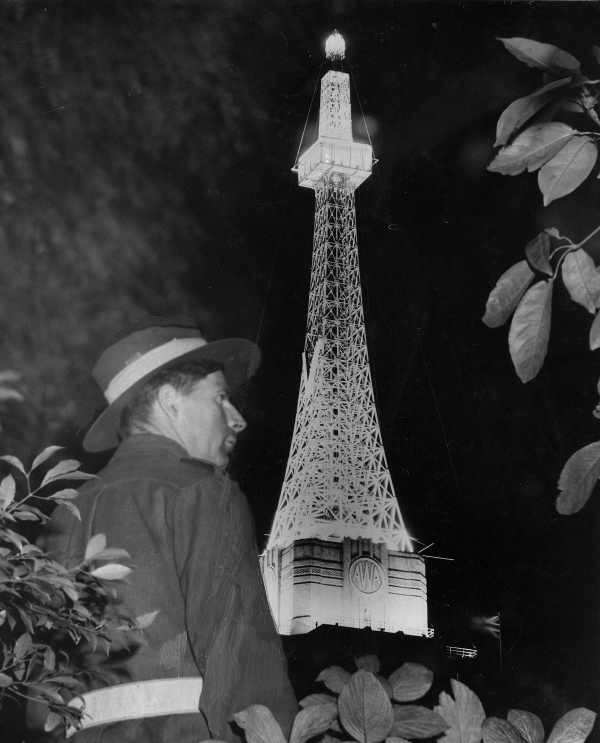The Dictionary of Sydney was archived in 2021.
World War II
Global conflict during the years 1939–1945. Australia's involvement in the second world war began with Prime Minister Robert Menzies' radio announcement on 3 September 1939 that the country was at war, and ended with Japan's unconditional surrender on 14 August 1945. As a member of the British Commonwealth, Australia fought with the alliance of powers known as the Allies (Great Britain, France, United States of America, the Soviet Union and China) against the Axis powers (Germany, Japan, Italy). More than a million Australians served, and for the first time the country came under direct military attack.
Milestone
Date of event
03 Sep 1939 - 14 Aug 1945
{"name":"Date of event","target":"","target_text":null,"date":{"#markup":"<span class='date'>03 Sep 1939<\/span><span class='separator'> - <\/span><span class='date'>14 Aug 1945<\/span>"},"date_start":"1939-09-03","date_end":"1945-08-14"}
Name
Alternate
WWII
{"name":"Alternate","target":"","target_text":"WWII","date":{"#markup":"<span class='date'><\/span>"},"date_start":null,"date_end":null}
Alternate
World War 2
{"name":"Alternate","target":"","target_text":"World War 2","date":{"#markup":"<span class='date'><\/span>"},"date_start":null,"date_end":null}
Alternate
WW2
{"name":"Alternate","target":"","target_text":"WW2","date":{"#markup":"<span class='date'><\/span>"},"date_start":null,"date_end":null}
Alternate
Second World War
{"name":"Alternate","target":"","target_text":"Second World War","date":{"#markup":"<span class='date'><\/span>"},"date_start":null,"date_end":null}
Alternate
World War Two
{"name":"Alternate","target":"","target_text":"World War Two","date":{"#markup":"<span class='date'><\/span>"},"date_start":null,"date_end":null}







